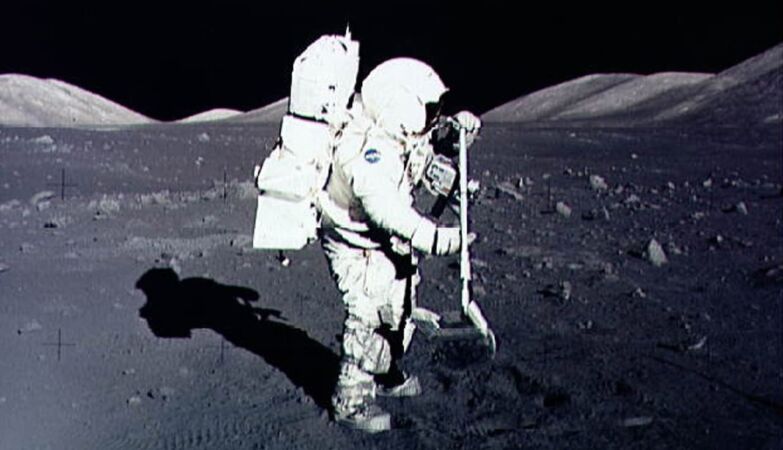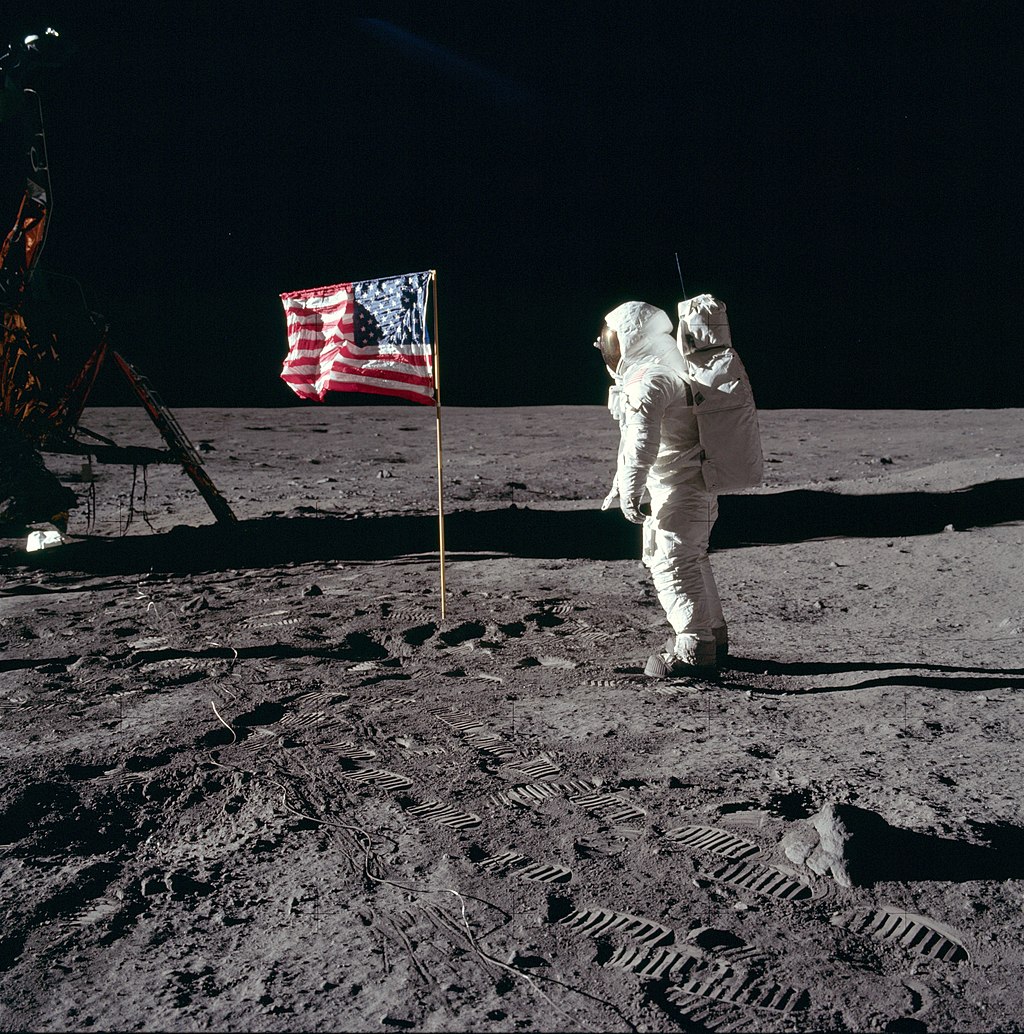O único cientista a andar na Lua, afinal… era alérgico a ela

O único cientista a caminhar na Lua, afinal era alérgico a ela. A descoberta aconteceu na última missão tripulada à Lua - Apollo XVII - antes do fim do programa Apollo, em dezembro de 1972.
Harrison H. Schmitt andou na Lua e descobriu que era alérgico à poeira lunar ao regressar ao módulo de aterragem, ainda na superfície lunar.
Segundo o IFLScience, enquanto esteve na superfície, Schimitt passou o tempo a recolher amostras de rochas à volta do vale Taurus-Littrow, perto do Mar da Serenidade.
Quando tirou o fato na segurança do módulo de aterragem, o geólogo entrou em contacto com poeira lunar, que tinha sido distribuída pela cabine.
“A primeira vez que senti o cheiro da poeira tive uma reação alérgica, o interior do meu nariz ficou inchado, podia ouvir-se na minha voz”, disse Schmitt no festival espacial Starmus em 2019, segundo o Telegraph.
“Mas […] gradualmente isso desapareceu para mim e na quarta vez que inalei poeira lunar não notei isso”.
Schmitt contou que não foi a única pessoa a sofrer uma reação alérgica à poeira lunar. Um cirurgião de voo teve de parar o trabalho, enquanto retirava fatos do módulo de comando, devido à força da reação que teve.
O cientista disse que o problema tinha implicações para futuras missões.
“Para alguns indivíduos, temos de descobrir se vão ter uma reação, se vão ser expostos cronicamente a poeira lunar”, disse.
“A minha sugestão é que nunca os deixemos expostos à poeira lunar e há muitas soluções de engenharia, desde que voei, para manter a poeira fora da cabine, para a manter fora do fato. Vai ser sobretudo um problema de engenharia“.
De acordo com a Agência Espacial Europeia (ESA), todos os outros astronautas sofreram, em certa medida, de “febre do feno lunar“.
Geralmente, os sintomas experimentados eram espirros ligeiros e congestão nasal que desapareciam rapidamente, embora por vezes pudessem demorar alguns dias.
Estão em curso esforços para resolver o problema, possivelmente agravado por um fenómeno improvável: a estática.
Na Terra, as partículas são suavizadas pela erosão do vento e da água, explicou a ESA, ao passo que na Lua – sem estas condições para as corroer – a poeira permanece afiada e pontiaguda.
Como a Lua não tem a nossa atmosfera para a proteger da radiação, o solo fica carregado estaticamente, enviando por vezes estas partículas pontiagudas para o ar e tornando-as mais suscetíveis de cobrir equipamento e entrar nos pulmões das pessoas.
“O tamanho das partículas de poeira lunar é particularmente preocupante e uma das questões que terá de ser abordada à medida que enviarmos mais astronautas de volta à Lua”.
“As partículas, 50 vezes mais pequenas do que um cabelo humano, podem permanecer durante meses nos pulmões”, afirmou Kim Prisk, fisiologista pulmonar envolvida em voos espaciais tripulados.
“Quanto mais tempo a partícula permanecer, maior é a probabilidade de efeitos tóxicos”.
Mas se para uns a poeira lunar pode ser a causa de uma alergia, para outros - nomeadamente o nosso planeta -, as nuvens de poeira lunar podem salvá-lo das alterações climáticas.
Um grupo de cientistas norte-americanos propôs um plano pouco ortodoxo para combater o aquecimento global: criar grandes nuvens de poeira lunar no Espaço para refletir a luz solar e arrefecer a Terra.
A proposta, que envolve o lançamento de cerca de 10 milhões de toneladas de poeira lunar no Espaço a cada ano, é engenhosa de certa forma – e se funcionar como anunciado do ponto de vista técnico, pode dar ao mundo algum tempo vital para controlar as emissões de carbono.
in ZAP




